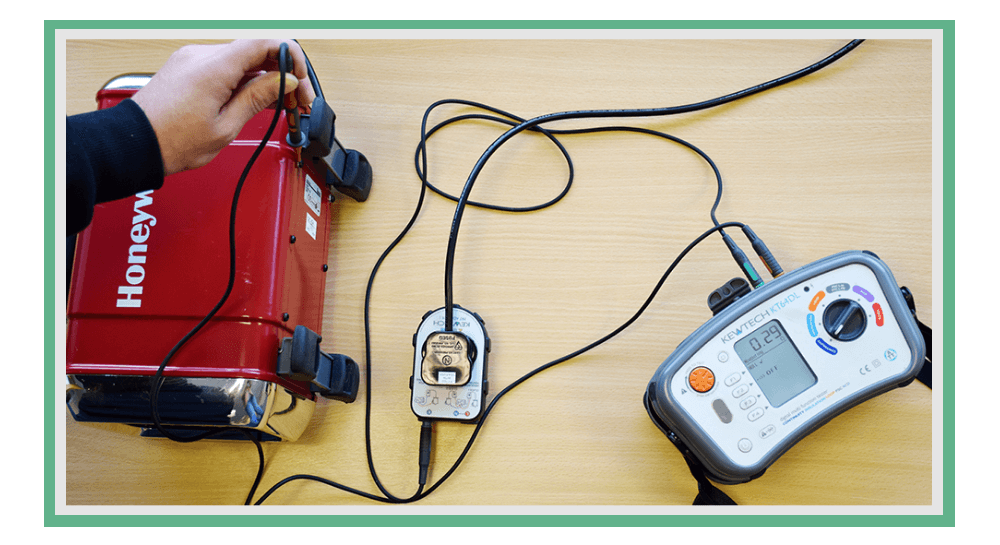Portable Electrical Testing (PAT) is a lawful procedure for portable appliances. It’s an essential safety precaution against electrical faults and should be carried out at least once a year. PAT testing includes visual inspection and a formal visual inspection. If you’re unsure whether your appliances require PAT testing, here are some steps you can take to ensure your electrical equipment is safe. PAT testing is recommended once a year, but there’s no legal requirement that it should be carried out more often than that.
PAT testing is regulated by law
The law regulates the use of certain appliances, including portable electrical appliances, and it is vital that these items are properly maintained and tested regularly. There are different levels of tests depending on the equipment’s risk level. Portable appliances that use extra low voltage (e.g. battery operated appliances) do not need PAT testing. However, the frequency of PAT testing depends on the type of device and the type of environment.
It is a safeguard against electrical faults
As electric appliances become increasingly advanced and portable, it is imperative that they are checked for electrical safety and functionality. Portable electrical testing can help ensure that these devices are safe to use and will minimise the risk of injuries. Highly trained fire engineers use a PAT test machine to ensure the safety of portable electrical appliances. These machines place green or red stickers on the devices, indicating the degree of failure. If a device fails the test, it is immediately disconnected.
It should be carried out once a year
The regulations governing electrical equipment do not specify a specific maintenance schedule for portable electrical appliances, but employers should use a risk-based approach to ensure that all appliances remain safe and in good working condition. Ideally, all portable electrical equipment should be tested once a year, but this may not always be feasible. For instance, moulded plugs cannot be visually checked for fuses, and some issues can only be detected by performing portable electrical testing.
It should include a visual inspection
Before performing a manual PAT test, portable electrical appliances should be subjected to a formal visual inspection. According to the Health and Safety Executive, this inspection flags up 90% of potential problems. During the visual inspection, staff members or a professional should check the appliances for signs of damage, fraying, and incorrect wiring. Live conductors should be tightly connected to terminals and be free of cuts and fraying. Exposed wiring is an immediate fail.
It should be performed by a professional
PAT (Portable Electrical Testing) should be carried out by a professional. RCD Testing is essential for all workplaces that have electrical equipment, from small businesses to rental properties and public environments. It’s important to understand how to conduct PAT testing for your own equipment, and how to identify if it needs a professional. If you’re unsure whether your equipment needs PAT testing, take some time to read our knowledge base to learn more.


